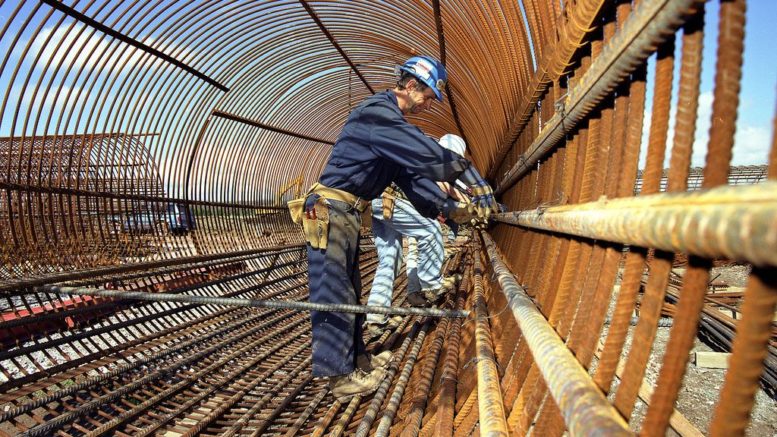ConDig (01-Nov–21). Construction spending in the US edged down 0.5% in September to a seasonally adjusted annual rate $1.57 trillion compared with $1.58 trillion the month prior as material and labor shortages grip the market, according to latest figures from the Commerce Department.
The drop was the first since February as both residential and nonresidential construction spending declined.
While both residential and nonresidential construction fell, the two categories have diverged relative to last year’s levels. Residential construction spending slipped 0.4% for the month but was 24.5% higher for the year-to-date ended September. Combined private and public nonresidential construction spending decreased 0.6% in September and 5.8% for the year-to-date.
It comes as the largest public infrastructure segment, highway and street construction, was 1.3% down for the year-to-date. Spending on public transportation construction tumbled 6.8% year-to-date.
“Spending on projects has been slowed by shortages of workers and materials, as well as extended or uncertain delivery times,” said Ken Simonson, chief economist for the Associated General Contractors of America (AGC). “And the extreme rise in materials costs is likely to mean some infrastructure projects will no longer be affordable without additional funding.”
The recent downturn in construction spending underlines the need to enact the Bipartisan Infrastructure bill that already passed in the Senate, according to AGC officials.
“This legislation advances the policy priorities that members of both parties have long said they want,” said Stephen E. Sandher, AGC’s chief executive officer. “It is disgraceful that both sides are still holding these projects hostage while sorting out other priorities. Construction workers, businesses, and the public deserve better.”
